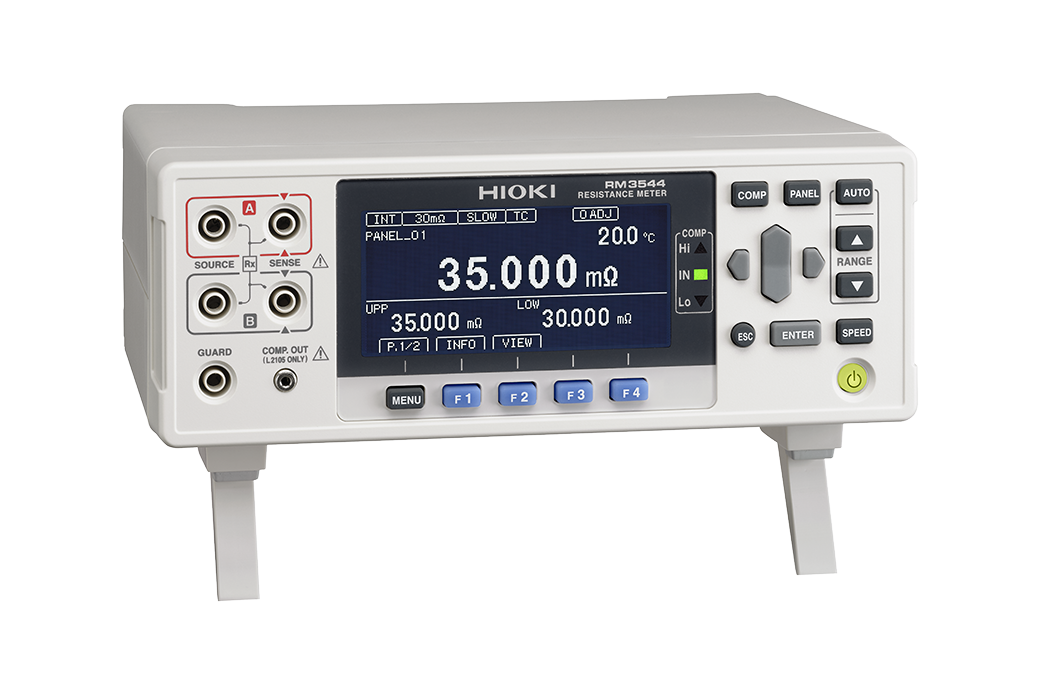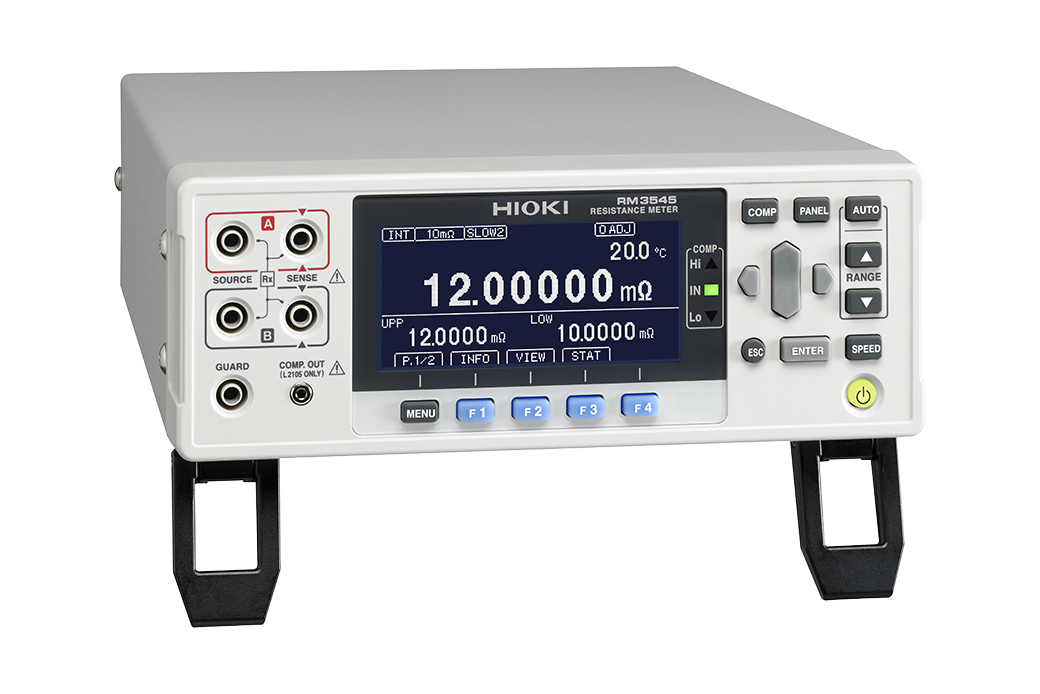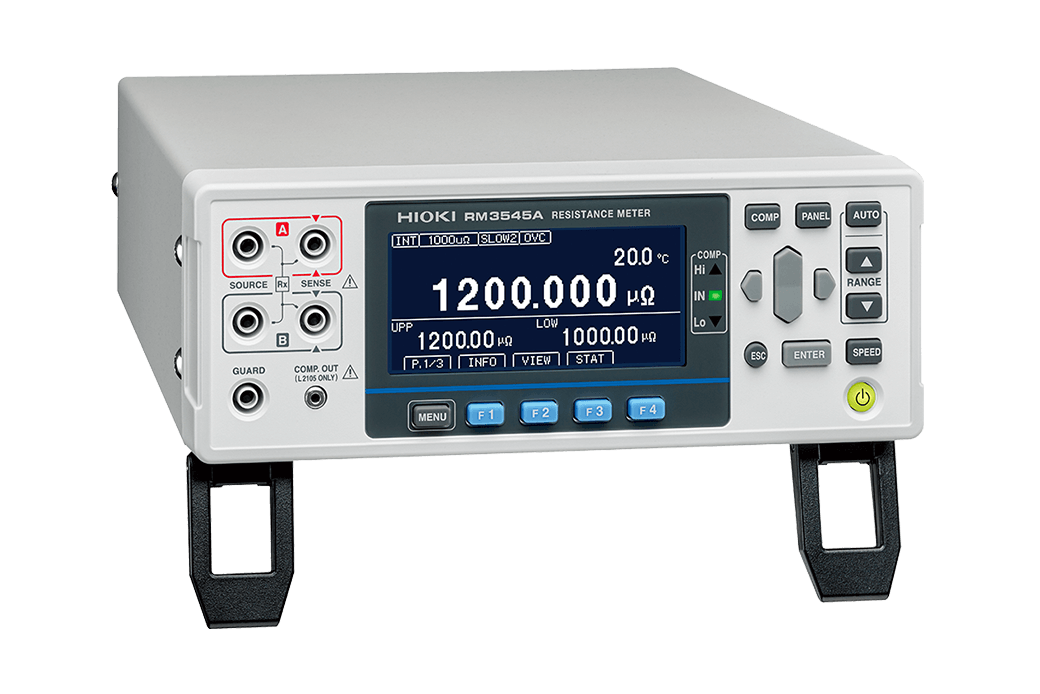How to Directly Measure Volume Resistivity
Resistivity Testing
Increased miniaturization and low power efficiency in the many electronic applications of today are driving resistivity measurements so that customers can verify that the specifications provided by suppliers are indeed valid and meet their precise resistance specifications. For example, customers can measure the bulk or volume resistivity of a known insulator at a number of random locations as part of sampling tests. When volume resistivity is used instead of mere resistance values to evaluate metallic and other electrically conductive materials, usually more time than usual is required in order to calculate volume resistivity from the resistance value measured by an ohmmeter.
Use Scaling to Streamline Processes
The Hioki RM3544 and RM3545 Resistance Meters streamline the process by offering a scaling function and capability to display a variety of measurement units so that volume resistivity can be read directly with the meters. In addition, customers can use the built-in temperature compensation function to adjust for the actual environmental temperature so that the physical effects of temperature on resistance can be safely ignored.
Resistivity Calculation Formula
P23 = R23 x A / L
where
P23 = Volume Resistivity at 23[°C] [μΩm]
R23 = Actual test piece resistance value converted to its equivalent value at 23[°C]
L = Test Piece Length
A = Test Piece Cross-Sectional Area
For test piece measurement, use 4-terminal Lead L2104.



